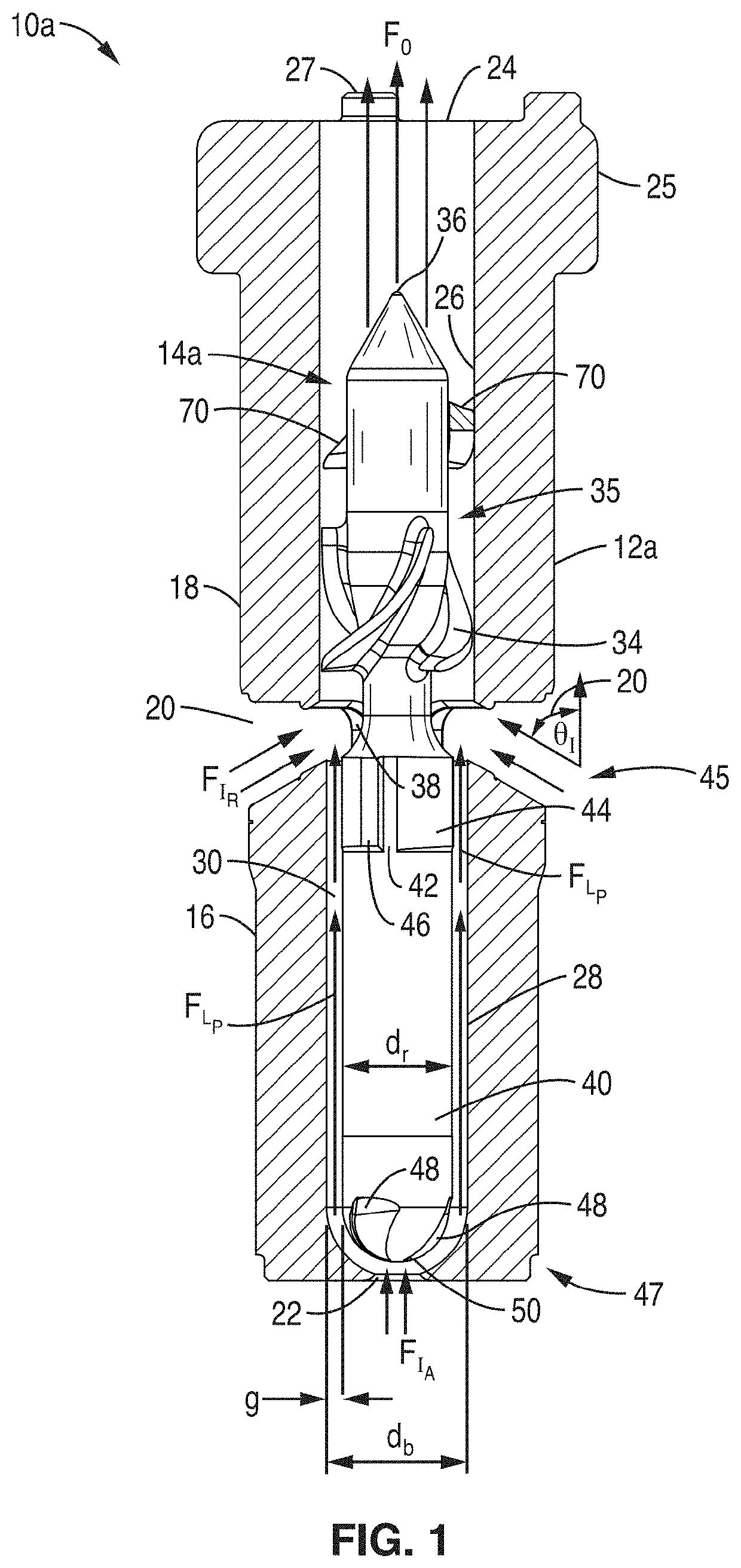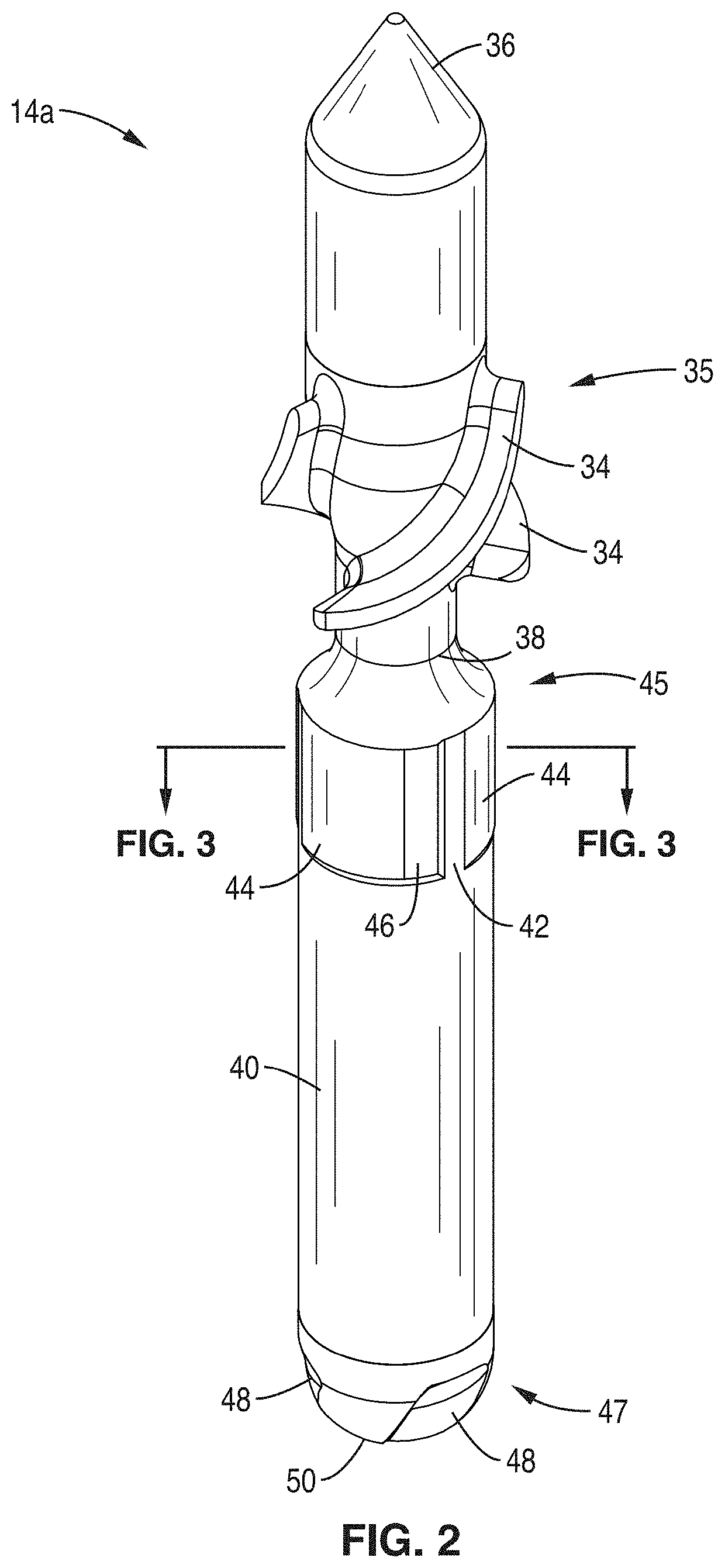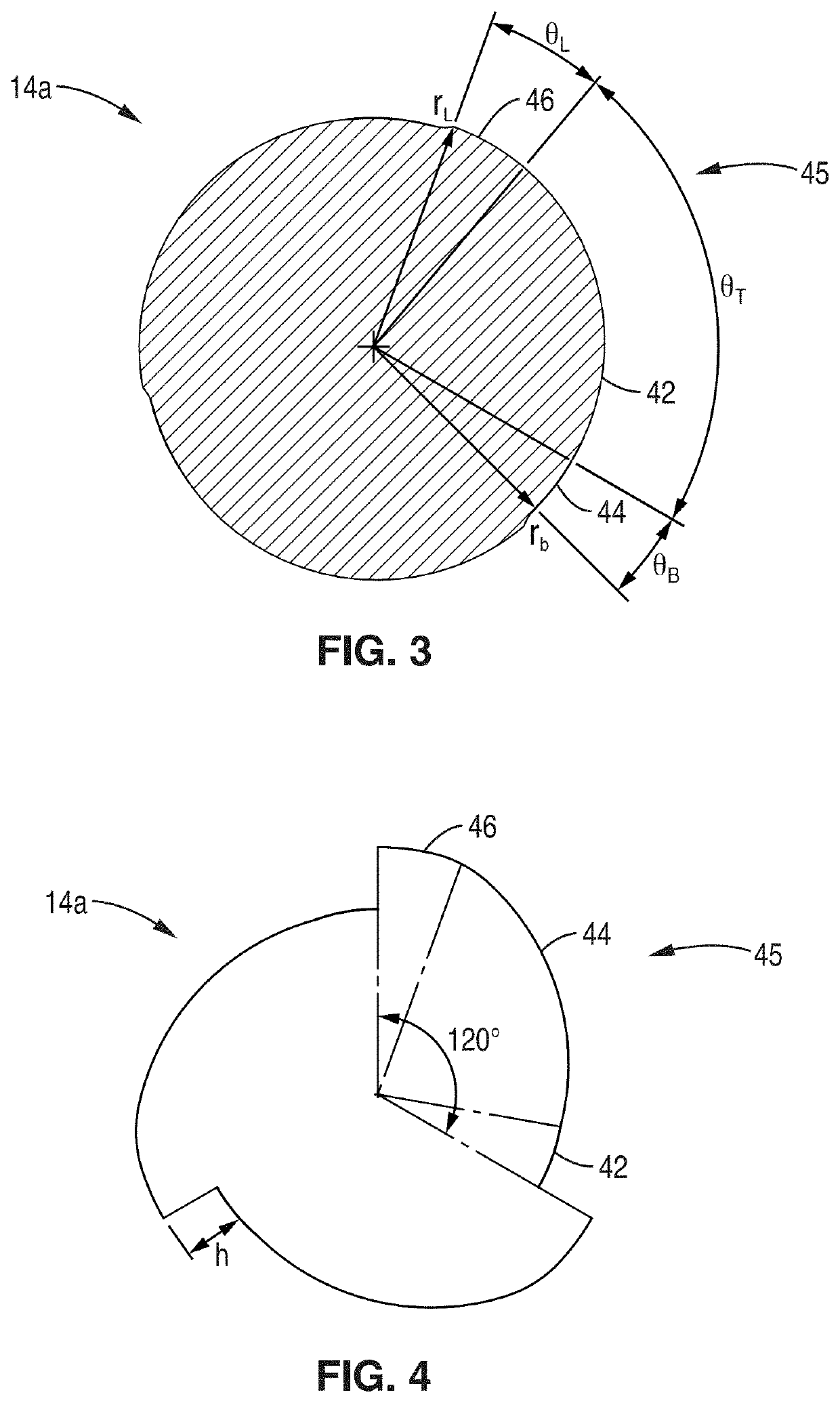Heart assist device
a heart assist and heart technology, applied in the field of heart assist devices, can solve the problems of incalculable human suffering, limited clinical benefits of existing well-established treatments, and hundreds of thousands of deaths in millions of people, and achieve the effects of reducing the risk of their use, improving safety and simplicity of placement, and minimally invasiveness
- Summary
- Abstract
- Description
- Claims
- Application Information
AI Technical Summary
Benefits of technology
Problems solved by technology
Method used
Image
Examples
Embodiment Construction
[0040]Referring more specifically to the drawings, for illustrative purposes the present technology is embodied in the apparatus generally shown in FIG. 1 through FIG. 15. It will be appreciated that the apparatus may vary as to configuration and as to details of the parts, and that the method may vary as to the specific steps and sequence, without departing from the basic concepts as disclosed herein.
[0041]FIG. 1 through FIG. 5 show various aspects of a present embodiment minimally invasive intravascular circulatory assist pump assembly 10a that features a pump housing 12a with first and second ends 16, 18, respectively, and a rotor 14a configured to be rotatably disposed within the housing 12a. These components are configured in a particular manner relative to each other as follows.
[0042]Housing 12a includes leakage inlet 22 at first end 16, the leakage inlet 22 comprising an axially-located aperture allowing flow FIA into a cylindrical bore 28 that is disposed axially along the l...
PUM
 Login to View More
Login to View More Abstract
Description
Claims
Application Information
 Login to View More
Login to View More - R&D
- Intellectual Property
- Life Sciences
- Materials
- Tech Scout
- Unparalleled Data Quality
- Higher Quality Content
- 60% Fewer Hallucinations
Browse by: Latest US Patents, China's latest patents, Technical Efficacy Thesaurus, Application Domain, Technology Topic, Popular Technical Reports.
© 2025 PatSnap. All rights reserved.Legal|Privacy policy|Modern Slavery Act Transparency Statement|Sitemap|About US| Contact US: help@patsnap.com



